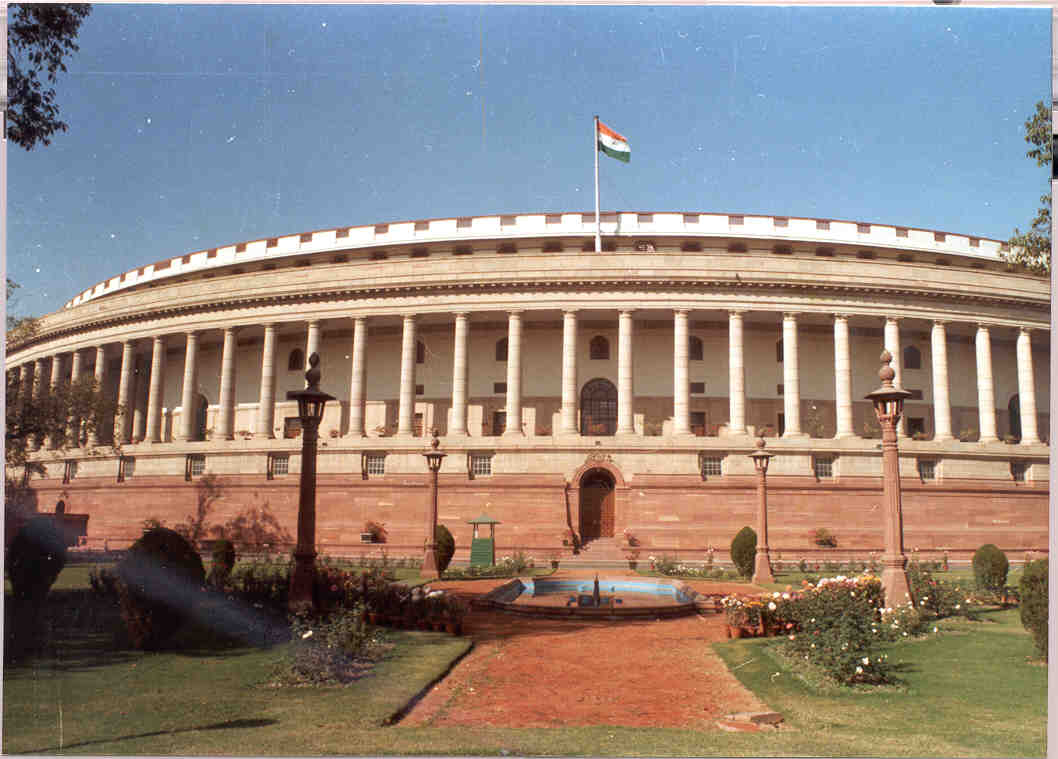The development of lower chambers has coincided with the development of popular representation. Since they usually do not have historical antecedents as old as those of the Upper Chambers, the Lower Houses are usually uniform in their basic structure.
Qualifications of a relatively simple nature for the members, as compared with those required of members for many of the Upper Houses, are indicative of the popular nature of the Lower Houses.
ADVERTISEMENTS:
To this may be added the fact that members of these Houses are almost universally elected by a direct vote of the people who reside in different territorial constituencies.
The membership of the Lower House is larger than the Upper House. All this accounts for the primacy of the Lower Houses and relegation of the Upper Houses to an insignificant position.
The British House of Commons has consisted of 635 members. The House of the People in India consists of not more than 525 members directly elected from the States and not more than 20 members to represent the Union Territories. Till recently, the membership of the United States’ House of Representatives was “frozen” at 435.
The entry of Alaska in 1958, as forty-ninth State, and Hawaii in 1959, as the fiftieth, made it at 437, but it dropped back to 435 in 1962 and remains there. The Swiss National Council consists of 200 members since 1963.
ADVERTISEMENTS:
The number, thus, varies from State to State. But what should be the advisable number? Viewed solely from the operative standpoint, a relatively small chamber has undoubted advantages over a large body.
A small well-knit assembly attains coherence above all and helps to establish definite responsibility. But a small House cannot, from its very nature, have the same representative character as has the large House. If the basis of representation is population, the constituency electing a representative must be larger in the case of a small House than in the case of a large one.
The bigger the number of the representatives the smaller need the district be, “This conduces to,” says Finer, “heightened representativeness. For good law representativeness is of cardinal importance; all men get the sense that they are being duly heard in the uses of authority.” Finer would strongly favour the increase in size of the Lower House to eight hundred in all modern democratic States.
The length of term of members usually varies from three to five years. It is only two years for the United States House of Representatives. In the United States, as John Adams, and the author of the Federalist, tells us, there was a current maxim with the new States that “where annual elections end, tyranny begins.” Connecticut and Rhode Island were half-yearly, and the rest, save South Carolina which was biannual, were annual.
ADVERTISEMENTS:
The House of Commons is elected for five years and the term of the House of the People is also the same. But both are subject to dissolution and, accordingly, the term of office may come to an end earlier. Dissolution involves new elections.
From the standpoint of representation, it is desirable that the term of legislators should be relatively short. From the standpoint of efficiency alone a longer term is advocated. But an efficient government is no substitute for self-government and it is claimed that the legislative term should neither be too long nor too short. If it is too long, the legislature cannot claim to be the mirror of public opinion.
There will be time lag. If the term is too short, the legislators will not have the time and opportunity to gain the requisite knowledge and experience which their arduous and technical job requires. Nor shall they be in a position to develop a legislative policy, and establish legislative traditions to enable the chamber to function properly and efficiently. It will be a race with time.
The practice of various States is to fix the term at four or five years. The supporters of this desirable medium claim that it permits the legislator to become proficient and he can devote adequate attention to legislative problems. It also reduces the insecurity attending frequent elections with their demands on time and money.
According to Laski, “the best period of power for a legislature seems to be not less than four, not more than five years.” Finer would rigidly fix it at four years. He says, “My judgment that a four years’ term is a modem necessity is reinforced by reflection on the obvious mounting trend to national planning.
A longer term than four years is inadvisable because the broader the activity of government, especially when it is (as much must be) still of an experimental nature, the more opportunities ought there to be for reference back to the citizens.
The way back must be kept open. The more massive and complicated the administrative apparatus, the more ought it to be subjected to the periodical lashing waves of popular opinion.”

